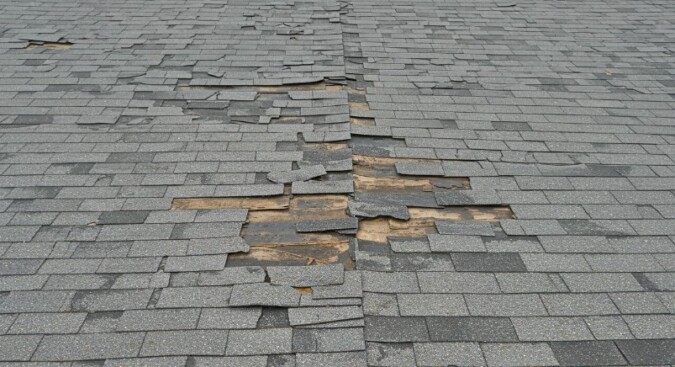Your roof is probably the last thing on your mind—until it starts causing trouble. Maybe it’s a damp spot in the attic. Or a ceiling stain that wasn’t there last week. Or worse, shingles on the lawn after a storm. By the time you notice something’s off, you could already be looking at thousands in repairs.
And here’s the thing: a lot of roof problems don’t start out dramatic. They creep up—quiet, subtle, easy to miss if you’re not paying attention. But catching those early red flags can make all the difference between a quick patch job and a major overhaul.
So if you’re wondering whether your roof’s trying to tell you something, here’s a breakdown of the most common warning signs that it needs attention. Like, now.
1. Water Stains or Leaks Inside the House
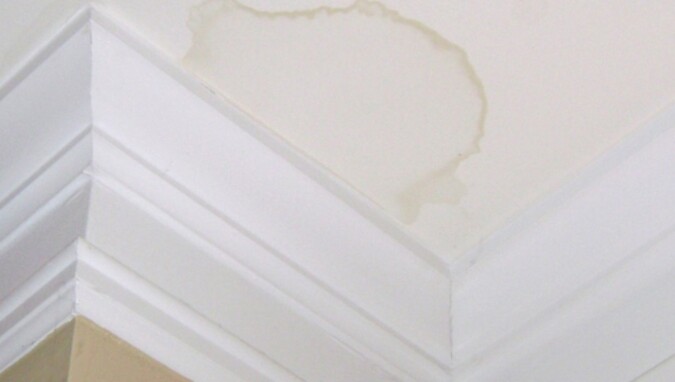
Water stains on ceilings or walls aren’t just cosmetic—they’re evidence that something’s gone wrong up top. You might spot yellowish rings, peeling paint, bubbling drywall, or even active dripping when it rains.
Sometimes, the culprit is a cracked shingle or a worn-out flashing seal. Other times, the leak starts small and festers, damaging insulation and wood framing over time.
Real tip: After a heavy rain, poke your head into the attic. Look for wet insulation, damp wood, or mold patches. If there’s light coming through or any moisture, you’ve got a problem that won’t fix itself. You can also hire roof and gutter experts to help you out.
2. Shingles Are Missing, Damaged, or Warped
Shingles act like armor for your roof. If they’re cracked, curled, or flat-out missing, water can easily find a way in. Storms are a common cause—especially wind and hail—but even time alone can cause shingles to deteriorate.
What to do: After a big storm, take a walk around your house and scan the roof with binoculars. Missing a few shingles? Call in a pro. It’s a relatively easy fix if caught early.
3. You’re Finding Granules in Your Gutters
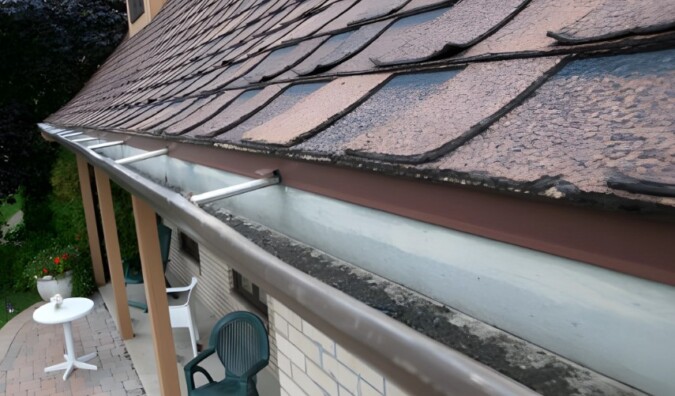
Asphalt shingles have a layer of tiny granules that protect them from UV rays and weather. If you find those granules in your gutters or at the base of your downspouts, it usually means your shingles are wearing out. A few granules are normal, especially after a new install—but a handful? Not so much.
Heads-up: Granule loss speeds up as your roof gets older. If your roof’s 15+ years old and you’re seeing this, it’s probably time for an inspection.
4. Sagging Spots
A sagging roof isn’t just unsightly—it can be dangerous. It could mean structural damage from long-term water exposure, rotting boards, or too much weight (think heavy snow). You might notice dips along the ridgeline or uneven spots in the decking.
Don’t mess around with this one. If anything looks like it’s sinking, call a licensed contractor immediately. It’s not a DIY situation.
5. You Can See Daylight Through Your Attic

Yes, it sounds kind of poetic. No, it’s not good news.
If light is peeking through the roof boards, there’s a hole somewhere—and where light gets in, so can water, bugs, and worse. This often goes unnoticed unless you’re actively looking for it. Make it a habit to check your attic from time to time, especially after storms.
6. Flashing Looks Rusted, Cracked, or Out of Place
Flashing is the thin metal that seals roof joints, like where the roof meets a chimney or skylight. It’s often overlooked, but it’s critical. When it’s damaged or missing, water can sneak into seams and edges, wreaking havoc on ceilings and insulation.
Quick check: From the ground, look for rust streaks or shifted metal near chimneys and vents. Better yet, have it inspected professionally once a year—flashing is one of the most common leak sources.
7. Energy Bills Are Creeping Up
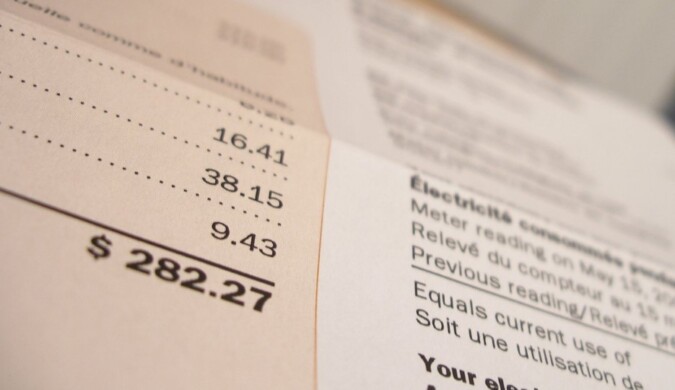
If your heating or cooling bills spike for no apparent reason, your roof could be to blame.
Damaged or aging roofing can mess with insulation and ventilation, letting hot or cold air escape. Your HVAC system works overtime, and your wallet takes the hit.
Pro tip: An attic that’s too hot in summer or too cold in winter is a red flag. A roof inspection could reveal leaks or gaps you didn’t even know existed.
8. Moss, Algae, or Mold Is Growing
That green fuzz might look harmless, but it’s a sign of excess moisture. Moss and algae trap water against the shingles, which can cause them to lift, curl, or rot. Mold is even worse—it can spread into your attic and affect air quality. While here, check our guide on how to deal with green water pond.
Be cautious cleaning: Pressure washing can actually damage shingles. Use a roof-safe moss remover and talk to a pro about moisture issues if the growth keeps coming back.
9. Your Roof Is Just… Old
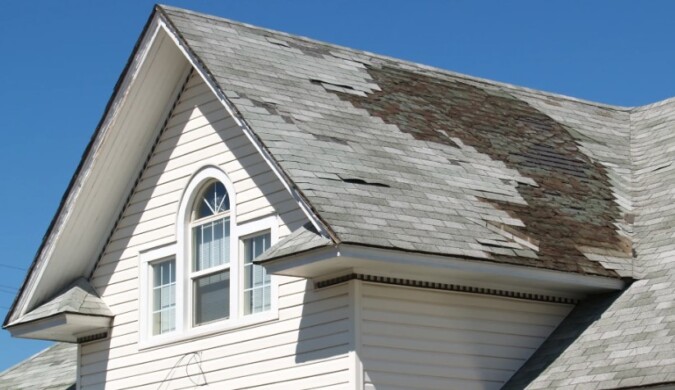
Asphalt shingle roofs typically last 20–30 years. Metal, tile, and slate can stretch longer, but no roof lasts forever. Even if everything looks okay from the ground, older roofs are more vulnerable to sudden problems.
If your roof is 20+ years old, it’s time to get proactive. Schedule a professional inspection and start budgeting for a replacement. Waiting for a leak will only cost more in the long run.
10. Gutter Trouble Is Becoming a Pattern
Clogged or sagging gutters don’t just make a mess—they can actually damage your roof. If water backs up instead of flowing away, it can seep under shingles, rot fascia boards, and flood your attic.
In places with heavy rainfall, like the Midwest or Pacific Northwest, clogged gutters are a fast track to roof rot.
Your gutter checklist:
- Clean them out at least twice a year
- Check for granules, leaves, or mud buildup
- Make sure they slope properly and aren’t pulling away from the house
11. Recent Storms Left a Mark
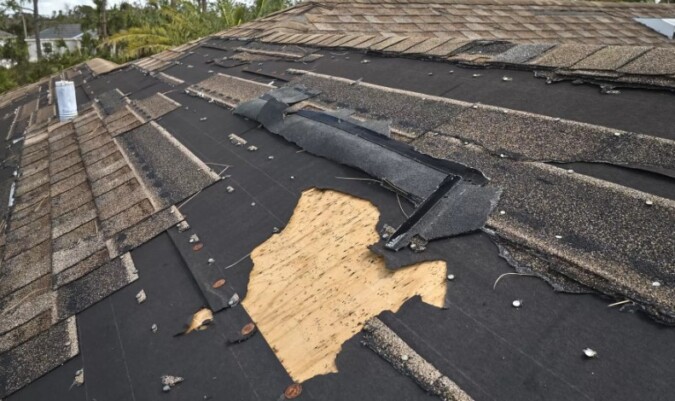
If your area just got slammed by a storm, even if you don’t see damage from the ground, don’t assume your roof is fine.
High winds can lift shingles. Hail can bruise them, making them prone to cracking later. Flying debris can punch holes or damage flashing.
After any serious weather, get a post-storm inspection—especially before filing any insurance claim. Some roof damage doesn’t show up for weeks or even months, and by then, your window to claim it might be gone.
12. Your Roof Material Is Breaking Down
Different roofing materials show wear in different ways:
- Asphalt shingles crack, curl, or lose granules
- Metal roofs might rust, dent, or come loose
- Wood shingles split or rot in damp climates
- Clay or slate tiles may crack or slide out of place
It’s worth learning what to watch for based on your specific roof type. Each material has unique failure points, and knowing them helps you catch issues early.
Preventive Tips That Actually Work
Taking care of your roof doesn’t have to be complicated or time-consuming. A few seasonal habits go a long way:
Regular Inspections
Grab a pair of binoculars and walk the perimeter of your house. Look for shingle problems, flashing issues, and sagging areas. Don’t wait until something breaks.
Gutter Cleaning (Yep, Again)
If you’re finding leaves, twigs, or roofing granules in your gutters, they need attention. A clogged gutter is your roof’s worst enemy in wet weather.
Trim Those Trees
Overhanging branches can scrape shingles or dump leaves straight into your gutters. Keep nearby trees pruned to avoid damage.
Schedule a Yearly Roof Check
Once a year, bring in a roofing contractor to give your roof a full once-over. It’s especially smart if your area sees intense weather.
When to Call a Pro
View this post on Instagram
Here’s the honest truth: a lot of roofing issues aren’t safe or practical to fix yourself. Walking on a roof is dangerous without the right equipment, and one wrong step could make the problem worse.
If you notice any of the signs above, call a licensed roofing contractor. Ask for an inspection, get everything in writing, and always ask about warranties.
A good roofer won’t just patch the obvious stuff—they’ll spot potential future problems and give you options based on your budget and home’s condition.
Final Word
Your roof’s job is to protect everything underneath it—your home, your family, your peace of mind. And it’s pretty good at it… as long as it’s in decent shape. Catching issues early means less stress, lower costs, and no surprise leaks in the middle of the night.
If you’ve spotted even one of the warning signs we just covered, don’t wait. The sooner you act, the easier (and cheaper) it’ll be to fix.

